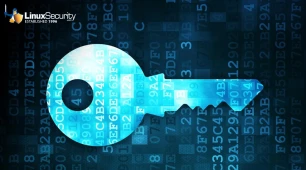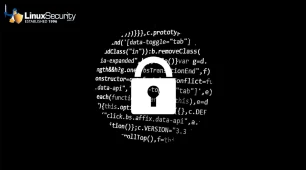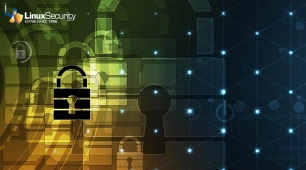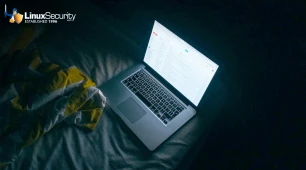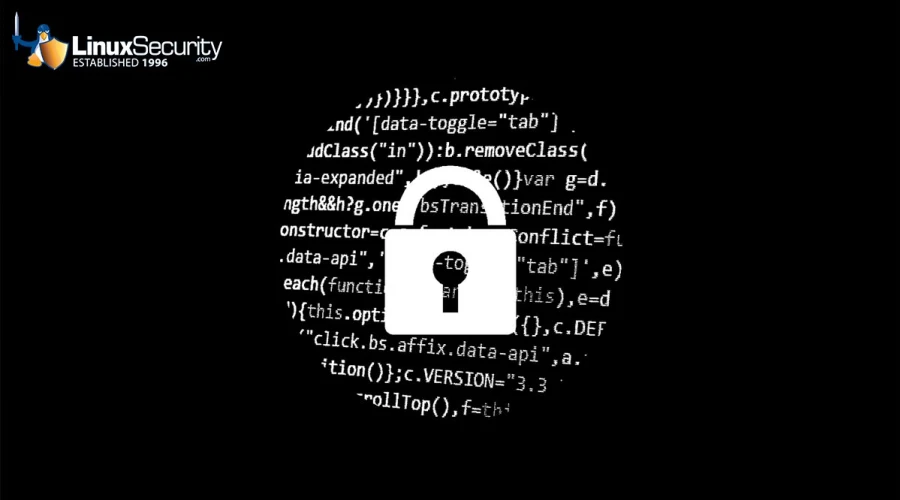
Security threats continue to emerge from every corner of the cyber universe, with malicious actors constantly innovating new techniques to breach systems and remain undetected. One such creative attack is an emerging campaign dubbed "CRON#TRAP," which uses emulated Linux environments to execute malicious commands stealthily.
In this article, I'll explore CRON#TRAP's intricacies, including its design, significance, and potential targets, and offer practical advice for detection and prevention.
Understanding CRON#TRAP
Understanding CRON#TRAP requires diving deep into its complex attack vector, where cybercriminals use custom-built QEMU (Quick Emulator) Linux boxes on compromised endpoints to mount attacks. This emulated Linux environment, often distributed via phishing emails, has a backdoor that enables attackers to remain hidden on victim machines for extended periods. An initial step in an attack usually begins with phishing emails containing links to download an unorthodoxly large ZIP file titled "OneAmerica Survey.zip," often over 285MB - an early warning signal for alert users. Once they extract the archive, users find a shortcut file ("OneAmerica Survey.lnk") and a data directory that houses the QEMU installation directory; however, its contents remain hidden unless users enable the "view hidden files" option in their file explorer.
 Lure Image (source: securonix)The shortcut file connects to the system's PowerShell process and executes a command that re-extracts ZIP file contents into the user's profile directory and starts the start.bat batch file. This batch file primarily performs two actions: it displays a fake "server error" message to conceal malicious activity. It also executes QEMU (disguised as fontdiag.exe) emulator for running Linux environments on computers running Microsoft Windows OSes. QEMU runs invisibly in the background using its "-nographic" parameter to ensure an emulated Linux instance operates without a graphical user interface, making its detection difficult. Within this "PivotBox," attackers can execute additional commands or stage further malware without directly engaging with the host system - bypassing traditional antivirus solutions.
Lure Image (source: securonix)The shortcut file connects to the system's PowerShell process and executes a command that re-extracts ZIP file contents into the user's profile directory and starts the start.bat batch file. This batch file primarily performs two actions: it displays a fake "server error" message to conceal malicious activity. It also executes QEMU (disguised as fontdiag.exe) emulator for running Linux environments on computers running Microsoft Windows OSes. QEMU runs invisibly in the background using its "-nographic" parameter to ensure an emulated Linux instance operates without a graphical user interface, making its detection difficult. Within this "PivotBox," attackers can execute additional commands or stage further malware without directly engaging with the host system - bypassing traditional antivirus solutions.
Linux instances contain special commands, like get-host-shell and get-host-user, that allow them to interact with their host machine by accessing stored user context information. These allow attackers to execute host system shells from within an emulated environment, thereby improving their chances of remaining undetected while conducting malicious activities.
Examining the Significance of This Novel Technique
Utilizing QEMU to install an emulated Linux environment on a victim's machine is an innovative malware deployment strategy. As this virtualization tool is widely used and not usually flagged by security systems, attackers can circumvent traditional antivirus detection mechanisms.
By operating within an isolated Linux environment, attackers can execute commands and stage further attacks without leaving a significant footprint on the host system. This level of stealth and persistence can remain undetected for extended periods, enabling attackers to conduct extensive reconnaissance, data exfiltration, or other malicious activities without detection.
Who Is at Risk?
While the victims of CRON#TRAP remain unknown, telemetry data indicates that most sources originate in either North America or Europe, with North America potentially being targeted as the main area for attack. Organizations across various sectors, such as government, finance, healthcare, and critical infrastructure, could fall prey to such sophisticated attacks.
Individuals within these organizations who handle sensitive information, such as executives, IT administrators, and employees with elevated privileges, are particularly at risk. Phishing as an initial attack vector only compounds this risk further as it targets human vulnerabilities through social engineering techniques.
Strategies for Early Detection and Prevention
 CRON#TRAP detection and prevention require a multidimensional approach to safeguarding systems. In particular, to detect CRON#TRAP, it's vital to watch out for unusual files and processes - such as large and oddly named ZIP files appearing unexpectedly or shortcut files appearing in unusual places - which could signal potential CRON#TRAP attacks. System processes should be carefully evaluated for QEMU processes running, especially those using strange names like fontdiag.exe. Network traffic analysis is equally important. This includes scanning for known malicious command and control (C2) servers and using network monitoring tools to detect anomalous outbound connections that could indicate backdoor access points. PowerShell activities require careful examination through audit log analysis for any unusual command executions, especially those related to file extraction and batch file execution. Implementing Endpoint Detection and Response (EDR) solutions can detect suspicious activities on endpoints, including hidden processes being run as processes running in parallel.
CRON#TRAP detection and prevention require a multidimensional approach to safeguarding systems. In particular, to detect CRON#TRAP, it's vital to watch out for unusual files and processes - such as large and oddly named ZIP files appearing unexpectedly or shortcut files appearing in unusual places - which could signal potential CRON#TRAP attacks. System processes should be carefully evaluated for QEMU processes running, especially those using strange names like fontdiag.exe. Network traffic analysis is equally important. This includes scanning for known malicious command and control (C2) servers and using network monitoring tools to detect anomalous outbound connections that could indicate backdoor access points. PowerShell activities require careful examination through audit log analysis for any unusual command executions, especially those related to file extraction and batch file execution. Implementing Endpoint Detection and Response (EDR) solutions can detect suspicious activities on endpoints, including hidden processes being run as processes running in parallel.
To prevent CRON#TRAP attacks, comprehensive email security measures must be in place. This may involve installing advanced filters to detect and block phishing attempts and training employees about these tactics to recognize suspicious emails. File integrity monitoring tools can be extremely useful in detecting changes to important files and directories, including any hidden ones that may appear suddenly. Implementing Multi-Factor Authentication (MFA) protects against unauthorized access even if credentials have been compromised. Regular updates are necessary to protect all software, including operating systems and virtualization tools like QEMU, from known vulnerabilities. Network segmentation can limit lateral movement within systems by applying the principle of least privilege to restrict user access only to essential functions. Regular security audits and vulnerability assessments should also be performed to detect any weaknesses in the security framework, providing an active defense against CRON#TRAP attacks.
Our Final Thoughts on This Novel Linux Security Threat
The CRON#TRAP campaign draws attention to the ever-evolving nature of cyber threats, highlighting their need for robust security measures that adapt to them. By exploiting emulated Linux environments through QEMU, attackers can avoid traditional detection mechanisms while maintaining a stealthy presence on compromised systems. Organizations should remain vigilant and implement robust detection and prevention strategies against advanced threats to stay protected against such risks.













